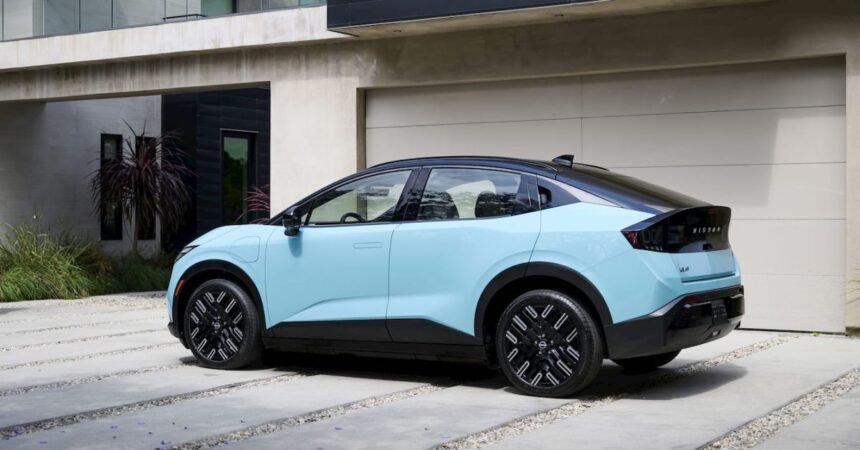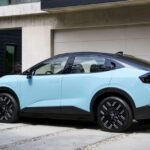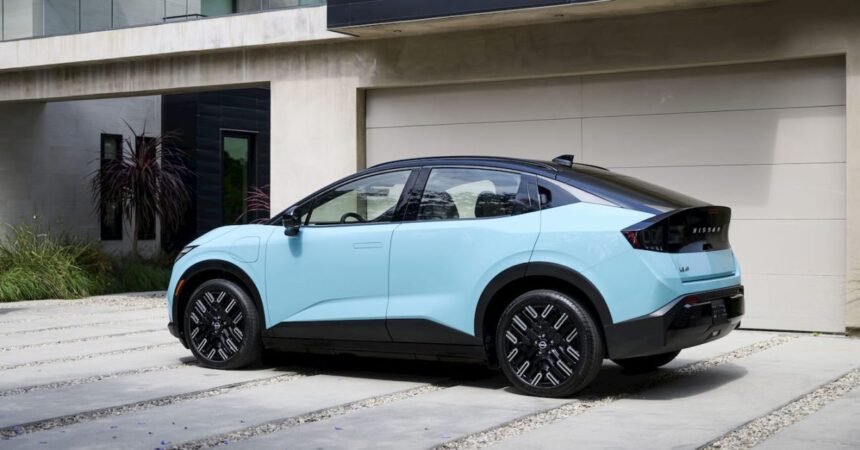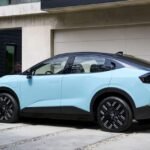Global electric vehicle (EV) sales are continuing to soar, with 1.6 million EVs sold in July 2025, according to recent data from Rho Motion. This marks a 21% increase from July of the previous year, despite a 9% dip from June. The total EV sales for the first seven months of the year have reached 10.7 million, a 27% increase compared to the same period in 2024.
China remains the leader in EV sales, with 6.5 million EVs sold so far this year, accounting for more than half of global EV sales. Battery electric vehicles (BEVs) are the preferred choice, with sales increasing by 40% this year. However, plug-in hybrids (PHEVs) have not performed as well, with domestic sales declining by 15% month-over-month and 10% year-over-year.
Despite a 13% drop in Chinese EV sales in July compared to June, EVs still made up over 50% of all passenger car sales for the third consecutive month. The government is providing additional funding for its EV trade-in scheme in the third quarter, with expectations for a final round of funding in October.
In Europe, EV momentum is gaining speed, with a 30% year-to-date increase in sales, totaling 2.3 million units. Germany and the UK are leading the charge, with Germany experiencing a 43% increase and the UK seeing a 32% increase. However, France posted only a 9% year-over-year gain in July and is down by 11% for the year. To boost sales, France is revamping its EV leasing program for low-income households starting at the end of September.
Italy has emerged as a surprise player in 2025, with a 40% increase in EV sales due to new incentives amounting to around $700 million. The country is catching up quickly to its European counterparts, with an EV market share of 11%, compared to 27% in Germany and over 30% in the UK.
In North America, EV sales have only seen a 2% increase year-to-date. Policy uncertainty and tariffs in the US have contributed to this sluggish growth, with automakers facing challenges. However, a spike in demand is expected in the third quarter as buyers rush to take advantage of the EV tax credit before it expires on September 30.
Some automakers are adjusting their strategies, with Ford announcing a new “Universal EV Platform” and plans to launch a $30,000 midsize electric pickup with lithium iron phosphate (LFP) batteries by 2027. On the trade front, the US has secured deals with South Korea, Japan, and the EU to impose a 15% tariff on imported cars.
Overall, the outlook for EV adoption in 2025 remains positive, with global sales on an upward trajectory. Regional variations exist, with China leading the way, Europe picking up momentum, and North America facing challenges. Rho Motion data manager Charles Lester emphasized that despite the bumps in the road, the future of EV adoption looks promising.










